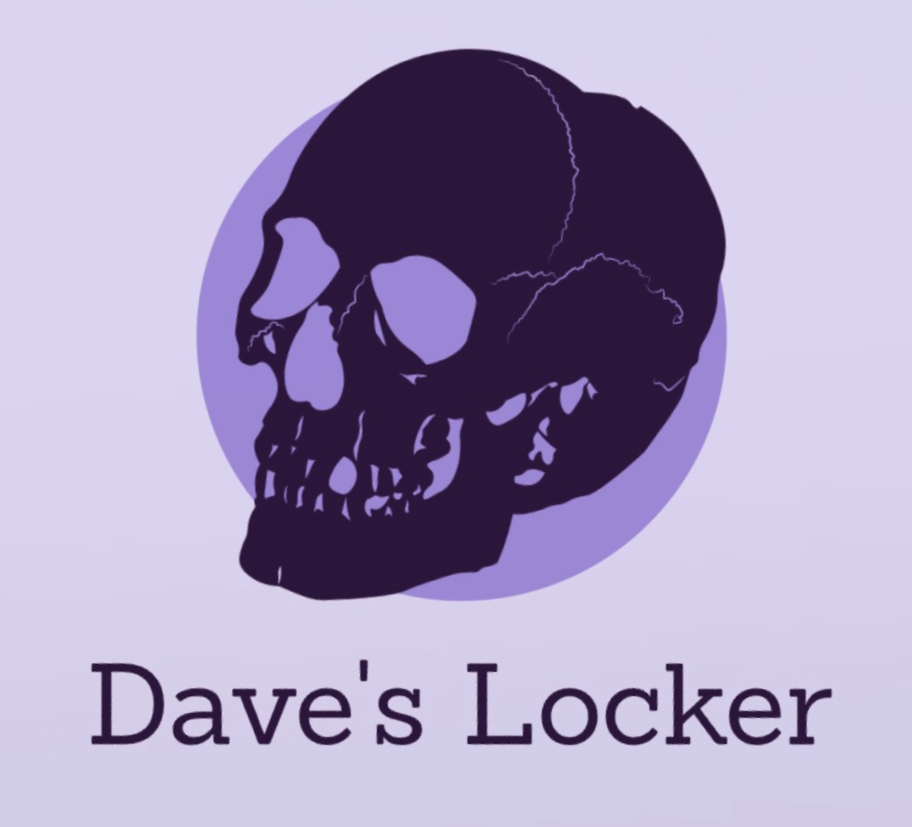EHRC’s Trans Guidance: Why the UK’s Workplace Rules Are Sparking a Global Debate
### **The EHRC’s Trans Guidance: A Global Spark in the Culture Wars**
In the ever-evolving landscape of internet culture, few topics ignite debates quite like gender identity and rights. Enter the Equality and Human Rights Commission (EHRC) in the UK, which recently released guidance on supporting transgender and non-binary individuals in the workplace. Cue the fireworks. The EHRC’s trans guidance has become a global trending topic, sparking discussions, memes, and heated debates across social media platforms. But why is this guidance making waves worldwide, and what does it mean for the broader cultural conversation?
#### **The Guidance: What’s All the Fuss About?**
The EHRC’s guidance is essentially a playbook for employers, helping them create inclusive workplaces for trans and non-binary employees. It covers everything from using correct pronouns to ensuring access to gender-neutral facilities. Sounds straightforward, right? Well, not in the age of the internet, where even the most mundane topics can become battlegrounds for cultural wars.
The guidance has been both praised and criticized. Supporters argue that it’s a necessary step toward equality and inclusion, while critics claim it infringes on free speech or goes too far in accommodating trans rights. The debate has spilled over into global discourse, with commentators, activists, and trolls weighing in from every corner of the internet.
#### **Cultural Context: A Global Phenomenon**
The EHRC’s guidance didn’t emerge in a vacuum. It’s part of a broader global conversation about gender identity, rights, and inclusion. From the US to Australia, debates about trans rights have been raging for years, fueled by political polarization, media sensationalism, and the rapid spread of information (and misinformation) online.
In the UK, the debate is particularly heated. The country has seen a surge in trans visibility, with high-profile figures like actor Elliot Page and activist Munroe Bergdorf bringing trans issues to the mainstream. At the same time, there’s a vocal backlash, with some arguing that trans rights are undermining women’s rights or that gender identity is being “pushed” on society.
The EHRC’s guidance has become a lightning rod for these tensions, with both sides using it to bolster their arguments. On one hand, you have activists celebrating it as a victory for trans rights. On the other, you have critics framing it as an overreach that threatens to erode free speech and common sense.
#### **Social Impact: Beyond the Headlines**
The real significance of the EHRC’s guidance lies in its potential to shape workplace culture. For trans and non-binary individuals, having clear guidelines can make a world of difference in ensuring they feel safe, respected, and valued at work. For employers, it provides a framework to navigate a complex and often contentious issue.
But the social impact extends beyond the workplace. The guidance has sparked conversations in schools, universities, and even households, forcing people to grapple with questions about identity, inclusion, and human rights. It’s a reminder that progress isn’t always linear, and that even well-intentioned efforts can face backlash.
#### **Why It’s Trending Globally**
So why has the EHRC’s guidance captured the global imagination? For one, it taps into a universal human desire for fairness and equality. People around the world are watching to see how the UK handles this issue, and the outcome could set a precedent for other countries.
Additionally, the internet has turned every local debate into a global spectacle. Social media algorithms amplify controversy, turning niche discussions into viral trends. The EHRC’s guidance is no exception—it’s been memed, debated, and dissected across platforms like Twitter, Reddit, and TikTok, ensuring its place in the cultural zeitgeist.
Finally, the guidance touches on a fundamental aspect of human identity. Gender is personal, and when policies affect how people are seen and treated, emotions run high. The EHRC’s guidance has become a proxy for broader debates about identity, rights, and the future of society.
#### **Conclusion: A Step Forward or a Step Back?**
The EHRC’s trans guidance is more than just a set of workplace rules—it’s a reflection of the cultural moment we’re living in. It’s a reminder that progress often comes with pushback, and that the fight for equality is far from over.
Whether you see the guidance as a step forward or a step back depends on your perspective. But one thing is clear: it’s sparked a global conversation that’s not going away anytime soon. And in the age of the internet, that conversation will continue to evolve, adapt, and trend—because when it comes to identity and rights, everyone has something to say.
—







